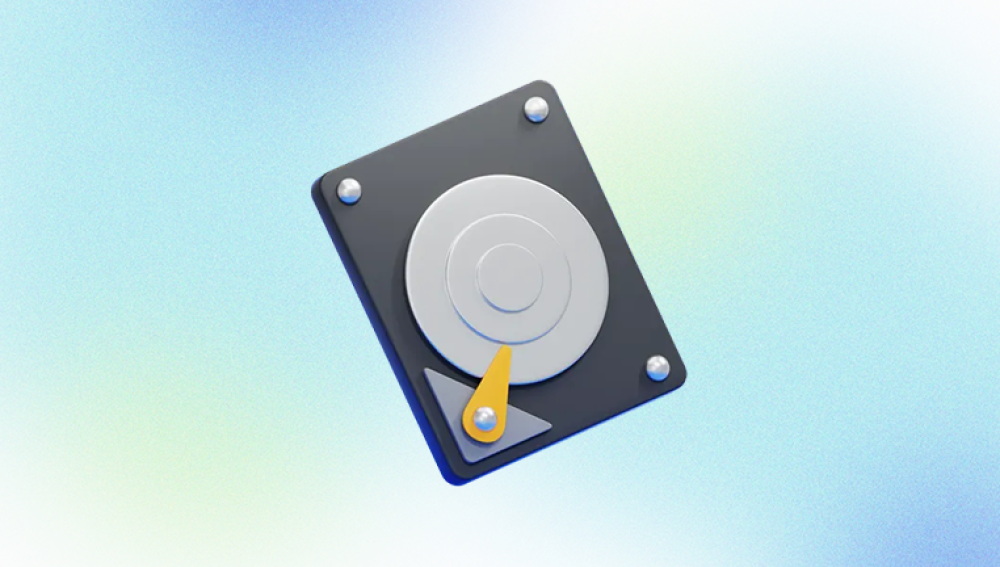From cherished family photos and important work files to crucial business data, losing access to this information can be a significant blow. One of the most common ways people encounter data loss is through a hard drive failure. Whether it’s due to physical damage, accidental deletion, corruption, or even malware, when a hard drive fails, the stakes are high. Fortunately, hard drive data recovery services exist to help retrieve lost or inaccessible files.
Hard drive data recovery refers to the process of retrieving data from a damaged, corrupted, or otherwise inaccessible hard drive. This process may involve either physical or logical recovery methods, depending on the nature of the failure. In some cases, data may be recoverable through software tools, but in other situations, specialized equipment and expertise are required.
Hard drives store data on platters (in the case of HDDs) or chips (in the case of SSDs). When these storage devices malfunction, it’s often because of physical damage, electronic failures, or corruption within the file system. Hard drive recovery services use specialized techniques and tools to retrieve the data that would otherwise be lost.

Reasons for Hard Drive Failures
There are numerous reasons why a hard drive might fail, and understanding these causes can help in determining the best course of action for recovery.
1. Physical Damage
One of the most common causes of hard drive failure is physical damage. This could be the result of a drop, a power surge, or even exposure to extreme temperatures. When a hard drive is physically damaged, the internal components, such as the read/write heads or the platters, can be compromised, making data retrieval more complex.
2. Logical Failures
Logical failures occur when the operating system’s file system is corrupted, or when data is accidentally deleted. For instance, a computer virus can corrupt data or cause issues with partition tables. Logical failures are typically easier to fix than physical damage because the actual components of the hard drive are still functional, but the data may be inaccessible or corrupted.
3. Firmware Corruption
Each hard drive has a firmware that governs how the drive operates. If this firmware becomes corrupted or damaged, it can prevent the hard drive from functioning properly, making data recovery difficult.
4. Bad Sectors
Over time, hard drives can develop bad sectors—areas on the disk where data can no longer be stored. When a sector fails, the data that was supposed to be stored in that sector becomes inaccessible. While minor issues with bad sectors might not prevent access to data, significant sector damage can cause a full failure of the drive.
5. Overheating and Power Surges
Hard drives are sensitive to overheating, which can cause internal components to warp or malfunction. Similarly, power surges can damage the drive's electrical components, rendering the drive inoperable.
Types of Hard Drive Recovery Services
There are two primary types of data recovery services: logical recovery and physical recovery. The type of service required depends on the nature of the failure.
1. Logical Data Recovery
Logical data recovery deals with cases where the hard drive is physically intact, but the data is inaccessible due to file system corruption, accidental deletion, or software issues. In these cases, a recovery service will employ software to scan the drive for recoverable data. This process is often faster and less expensive than physical recovery.
2. Physical Data Recovery
Physical data recovery is required when the hard drive has suffered physical damage, such as from a mechanical failure or severe electrical issues. This type of recovery often requires the opening of the hard drive in a cleanroom environment to repair or replace damaged parts. This is a more complex and expensive process compared to logical recovery.
Some services may offer a combination of both, depending on the severity of the damage and the data involved.
The Data Recovery Process
Whether you’re dealing with a logical failure or physical damage, hard drive data recovery services typically follow a specific process. Here’s what you can expect from the data recovery procedure:
1. Initial Assessment
The first step in any recovery process is the initial assessment. Data recovery companies will evaluate the condition of your hard drive and determine whether it can be repaired and whether the data can be recovered. This assessment usually involves checking for physical damage, logical errors, or corruption.
2. Diagnosis
Once the initial assessment is completed, the service will perform a more detailed diagnosis. In the case of logical recovery, this might involve scanning the drive for bad sectors or lost files. For physical recovery, the company may open the drive in a controlled environment to assess the internal components.
3. Data Imaging
If the drive is deemed recoverable, the next step is to create a bit-for-bit image of the hard drive. This is a copy of the drive that allows the recovery team to work on the data without risking further damage to the original drive. This step is crucial to ensure that no additional data loss occurs during the recovery process.
4. Data Recovery
Once the data is imaged, the recovery team will attempt to recover the lost data. If the damage is logical, they may use software tools to repair the file system and retrieve lost or deleted files. For physical recovery, technicians may need to replace faulty parts or even transfer the platters to a new drive.
5. Data Verification
After the data is recovered, the next step is verifying its integrity. The recovery team will ensure that all the files are intact, and there are no corrupted or missing files. This is an essential step, as it guarantees that the data you receive will be usable.
6. Return of Data
Finally, the recovered data is transferred to a new storage device, which is typically a new hard drive, solid-state drive, or external storage device. The service may provide the recovered data in the form of an external hard drive or a set of files delivered to you via cloud storage or physical media.
How to Choose the Right Data Recovery Service
With so many companies offering hard drive data recovery services, choosing the right one can be a challenge. Here are some factors to consider when selecting a recovery service:
1. Reputation
Choose a data recovery company with a good reputation and positive customer reviews. Companies with a track record of successful recoveries are more likely to deliver results.
2. Specialization
Some companies specialize in certain types of hard drives, such as SSDs or RAID arrays. If you have a specific type of hard drive, it may be worth looking for a service that specializes in that particular device.
3. Experience and Expertise
Look for a company with experienced technicians who are well-versed in handling various types of data loss scenarios. A team with solid technical knowledge can make a significant difference in the recovery process.
4. Cleanroom Facilities
For physical recovery, it’s essential that the company has access to a cleanroom environment, which is a sterile, dust-free space designed for opening hard drives and working with delicate internal components.
5. Turnaround Time
Some recovery services offer expedited recovery, which may be essential if the data is needed urgently. Ask about the estimated turnaround time before committing to a service.
6. Cost
While price should never be the sole factor in your decision, it’s still important to get an estimate of the cost of recovery. Ensure that the service is transparent about pricing and offers a no-data, no-fee policy to avoid surprise charges.
7. Data Security
Make sure that the recovery service follows strict security protocols to ensure the confidentiality of your data. This is especially important if you are dealing with sensitive or personal information.
DIY vs. Professional Data Recovery Services
While there are various software tools available for DIY data recovery, attempting recovery without professional assistance can often lead to further damage, especially if the problem is physical. In some cases, DIY methods may work for logical failures, such as accidentally deleted files or file system errors, but for more serious issues, professional services are usually the better choice.
Professional data recovery services use specialized tools and techniques that are not available to the general public, and they can often recover data from drives that seem beyond repair.
Hard drive data recovery services are vital for anyone who has experienced a hard drive failure. Whether the failure is logical or physical, recovery professionals can help retrieve valuable data and prevent permanent loss. By understanding the types of recovery services available, the recovery process itself, and how to select the right service, you can ensure that you give your data the best chance of being restored successfully.




